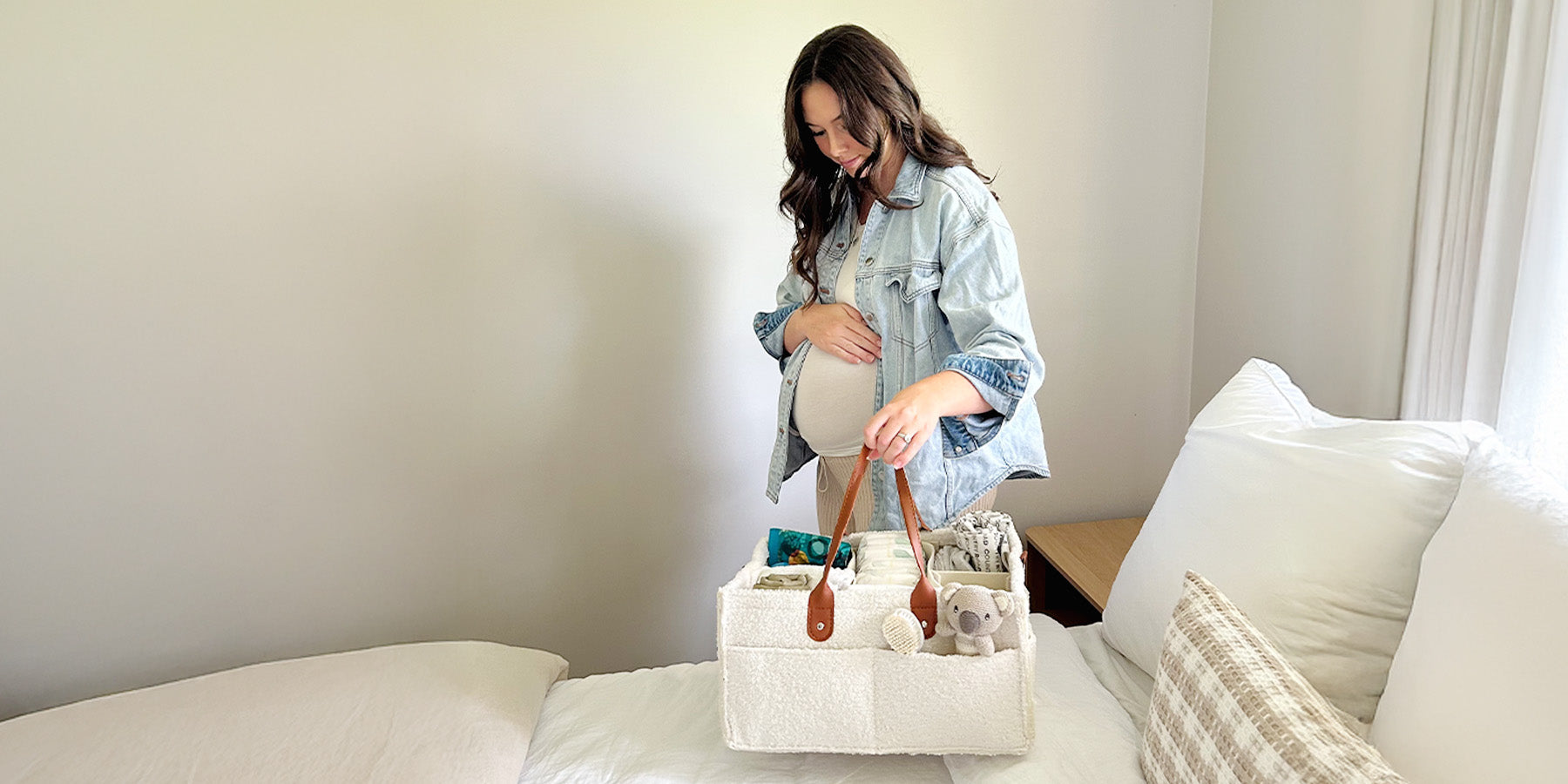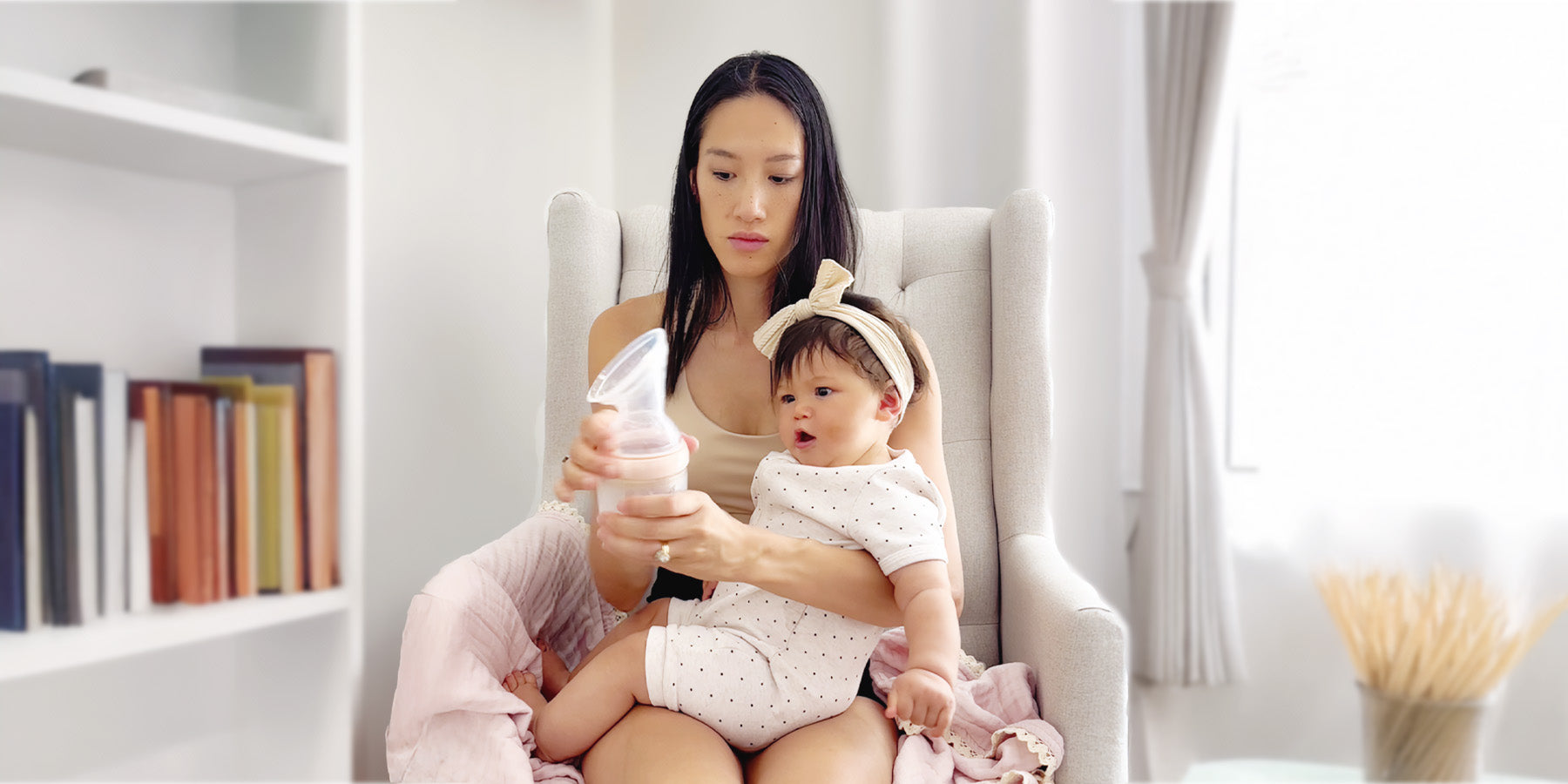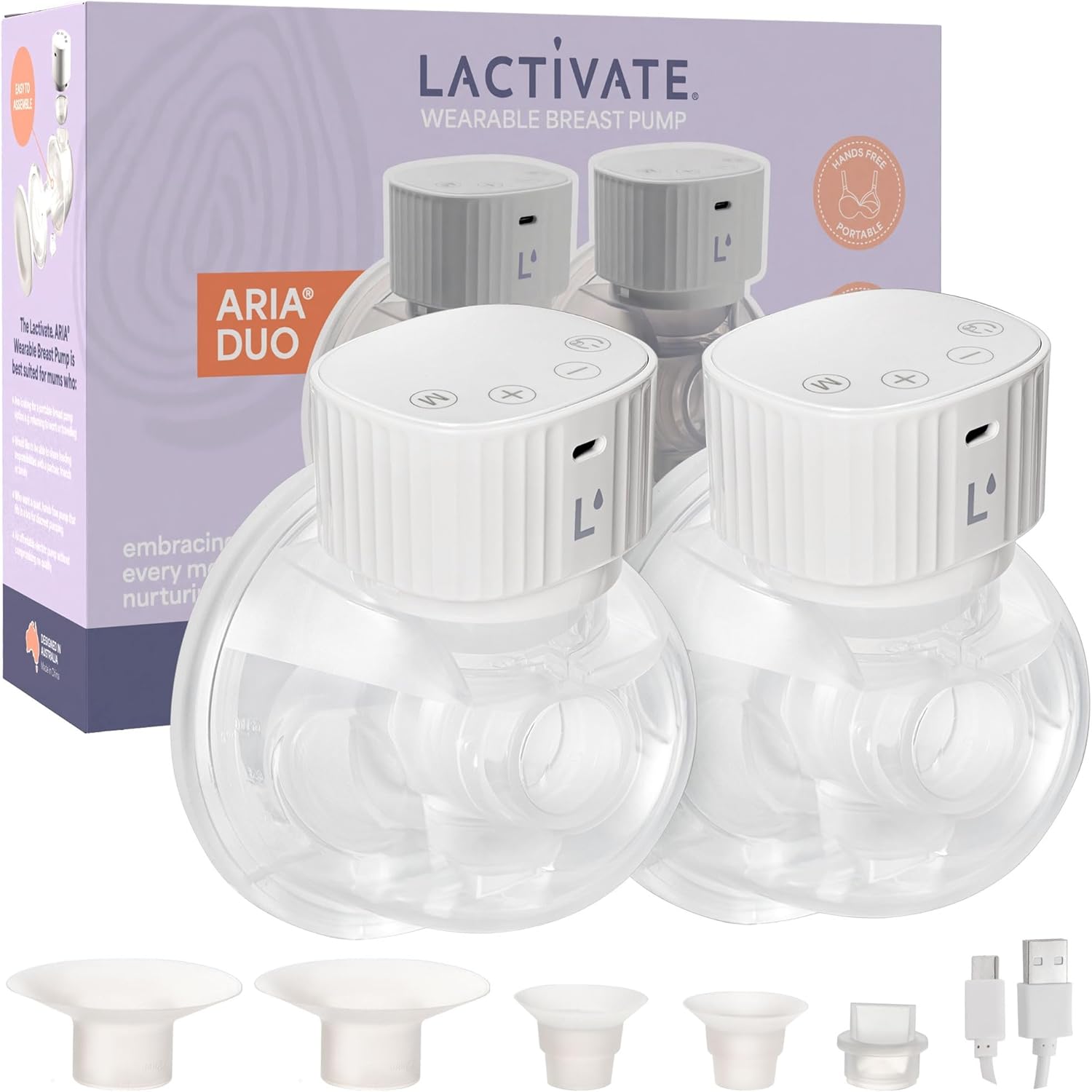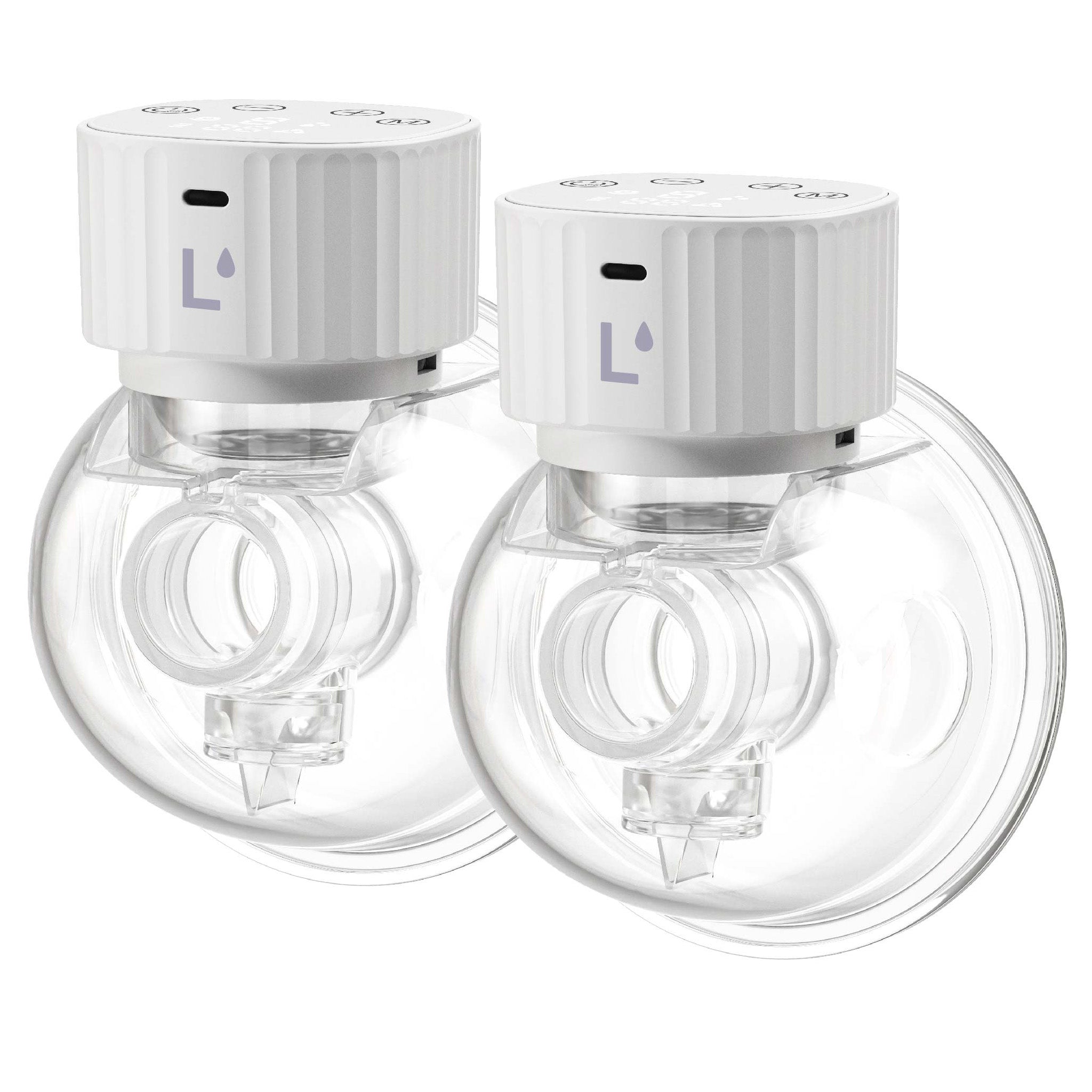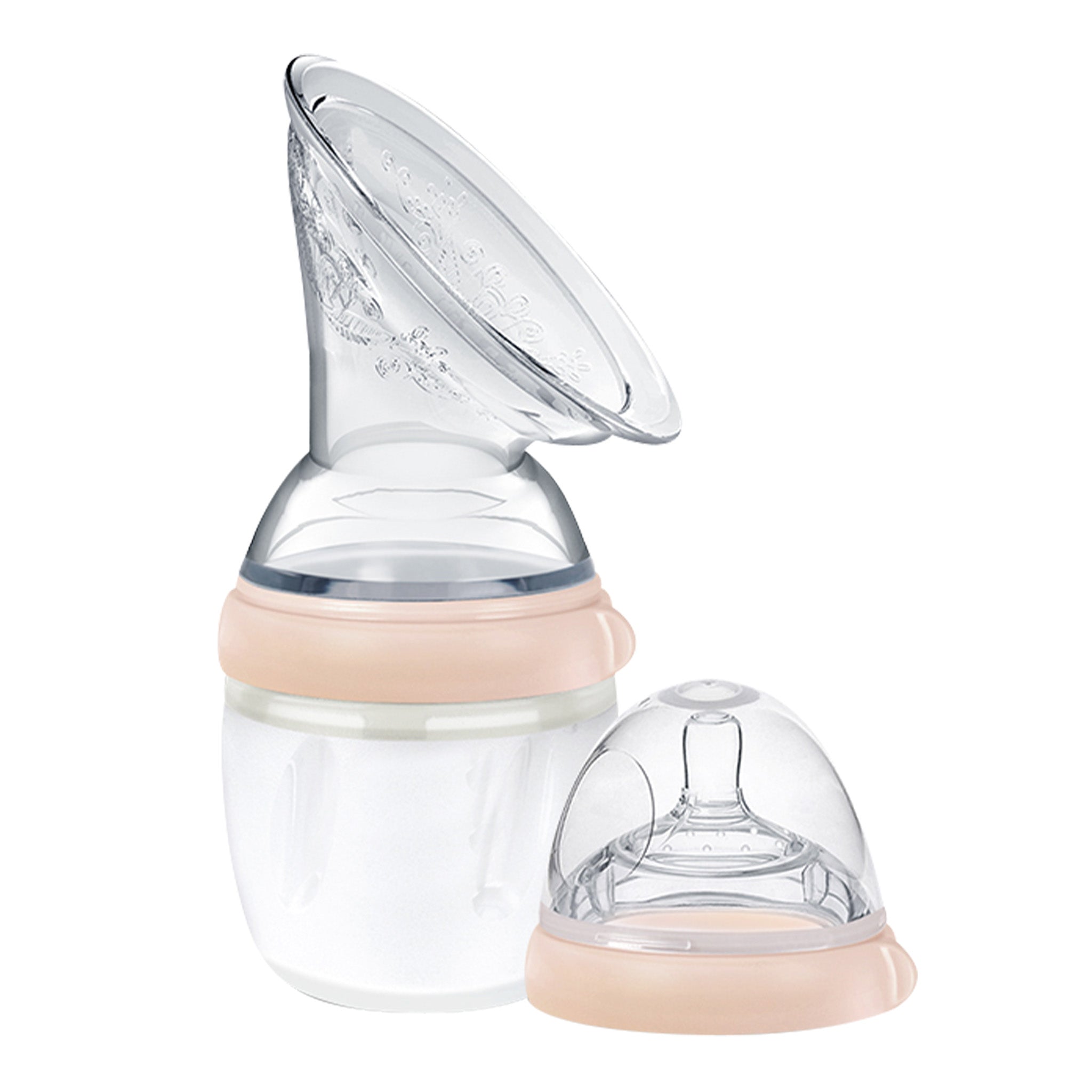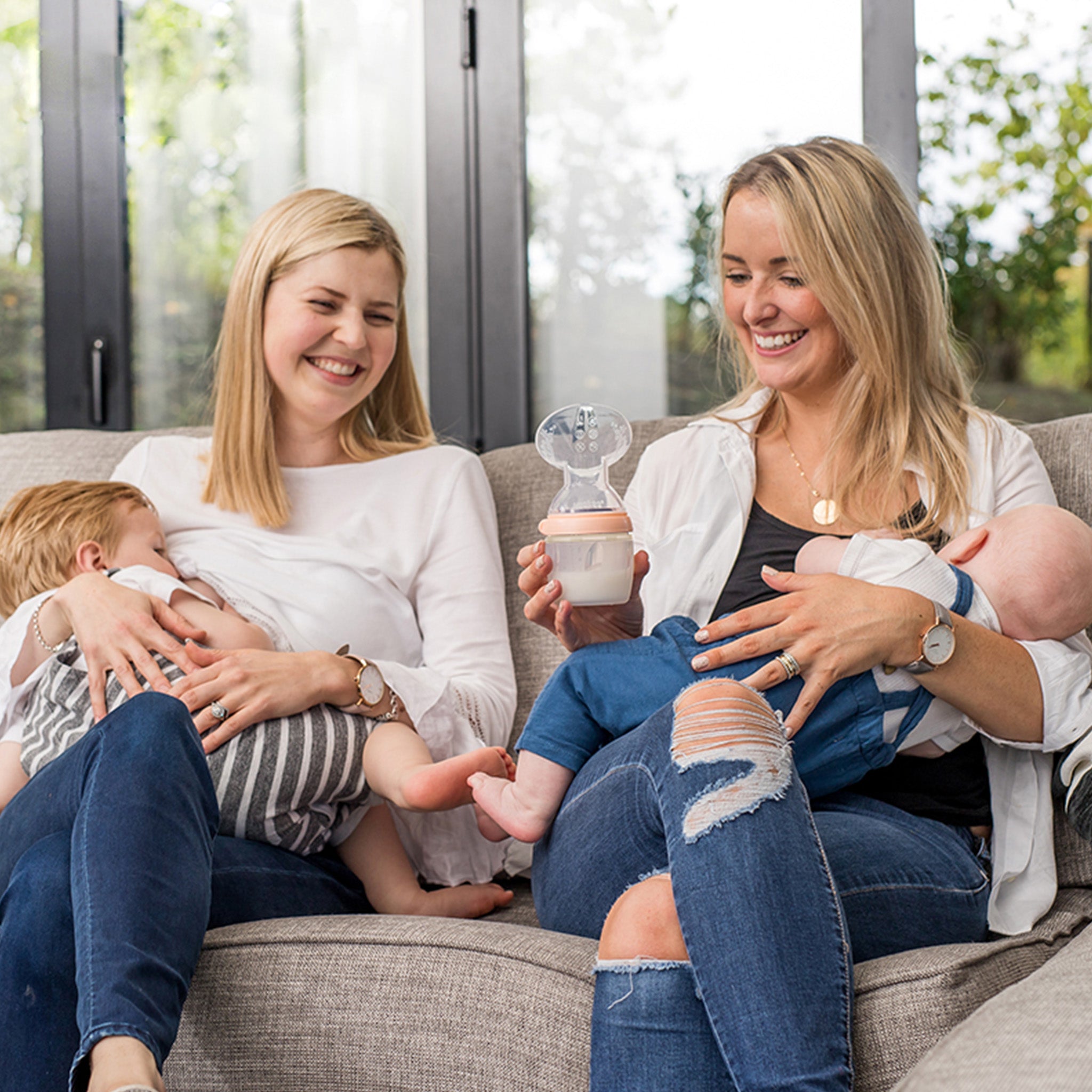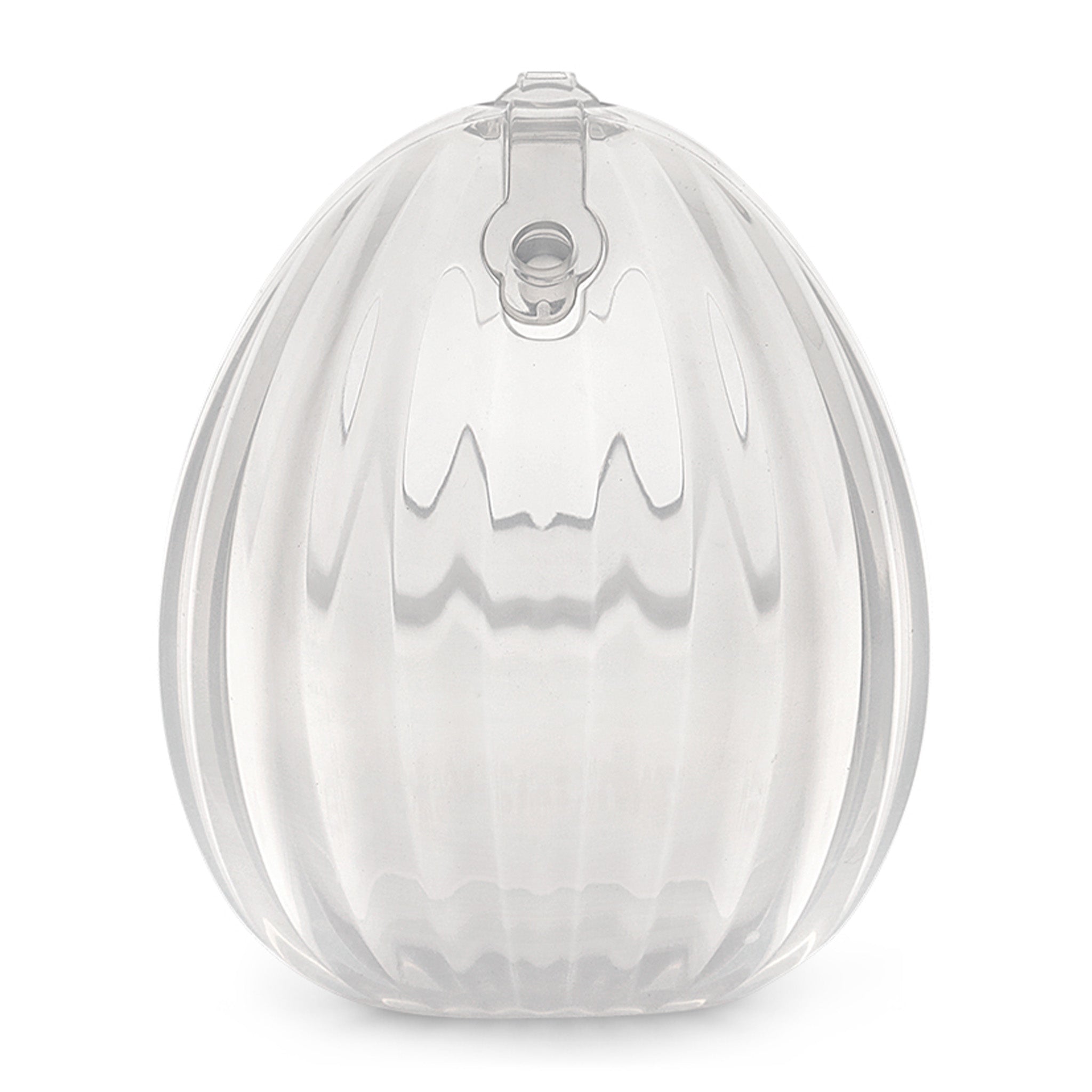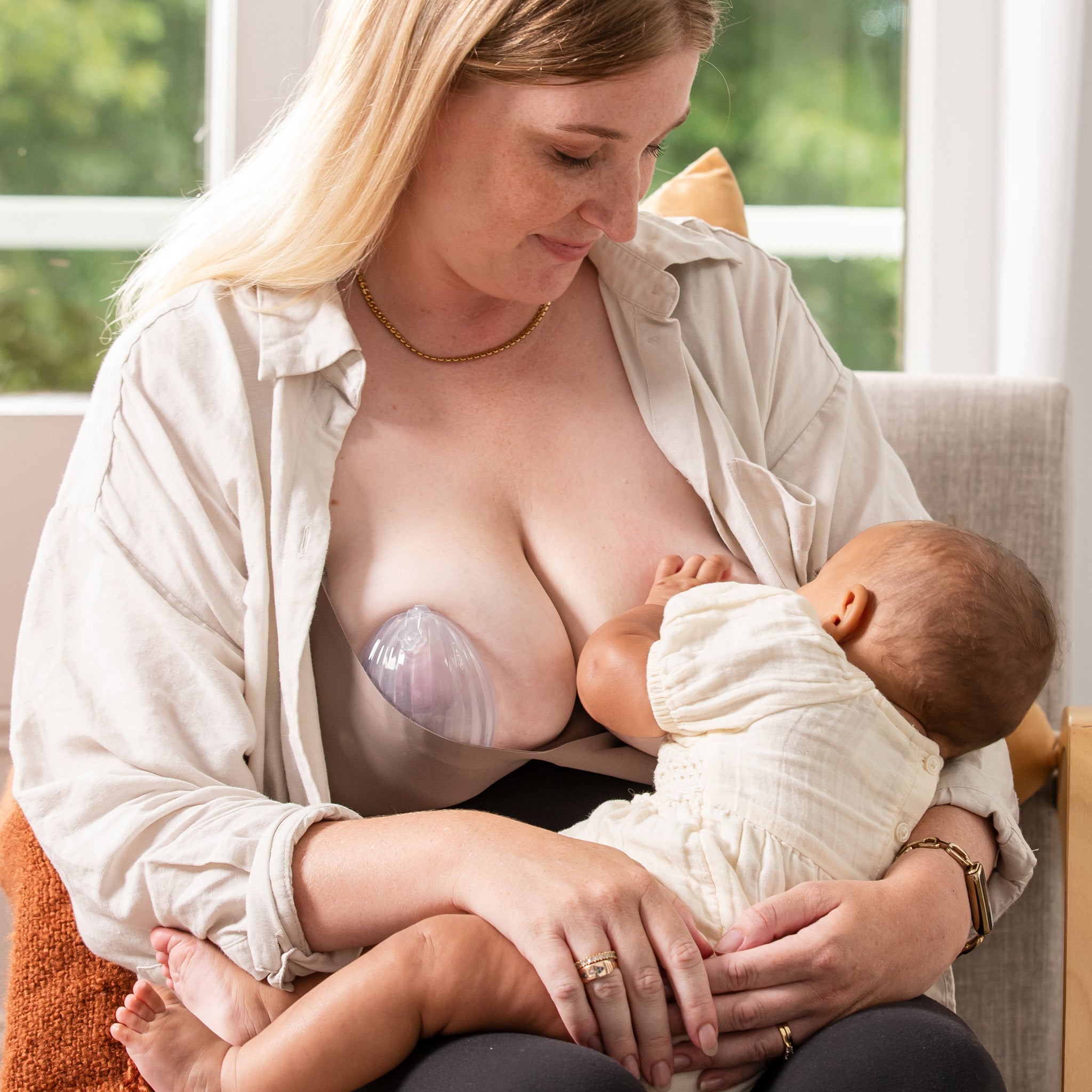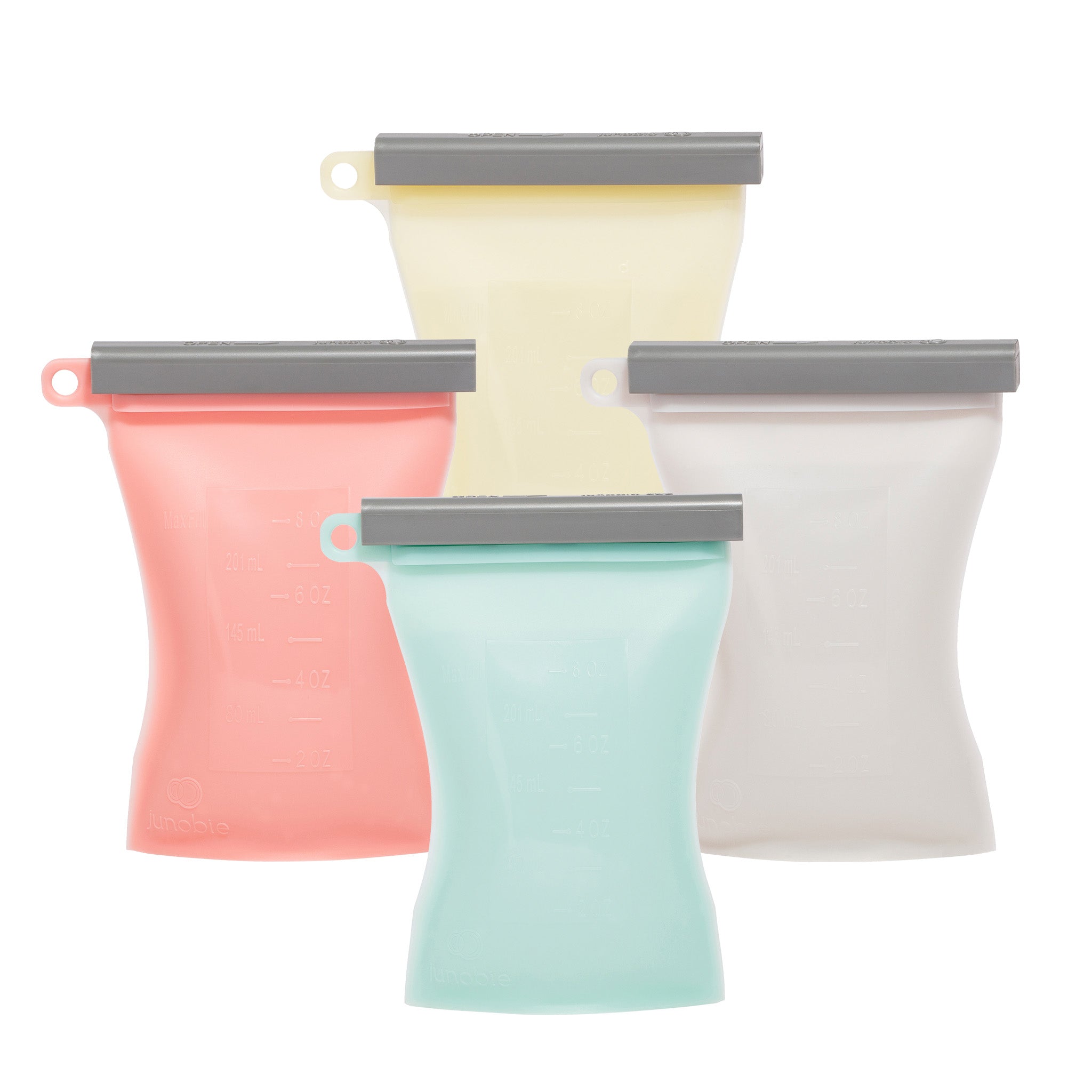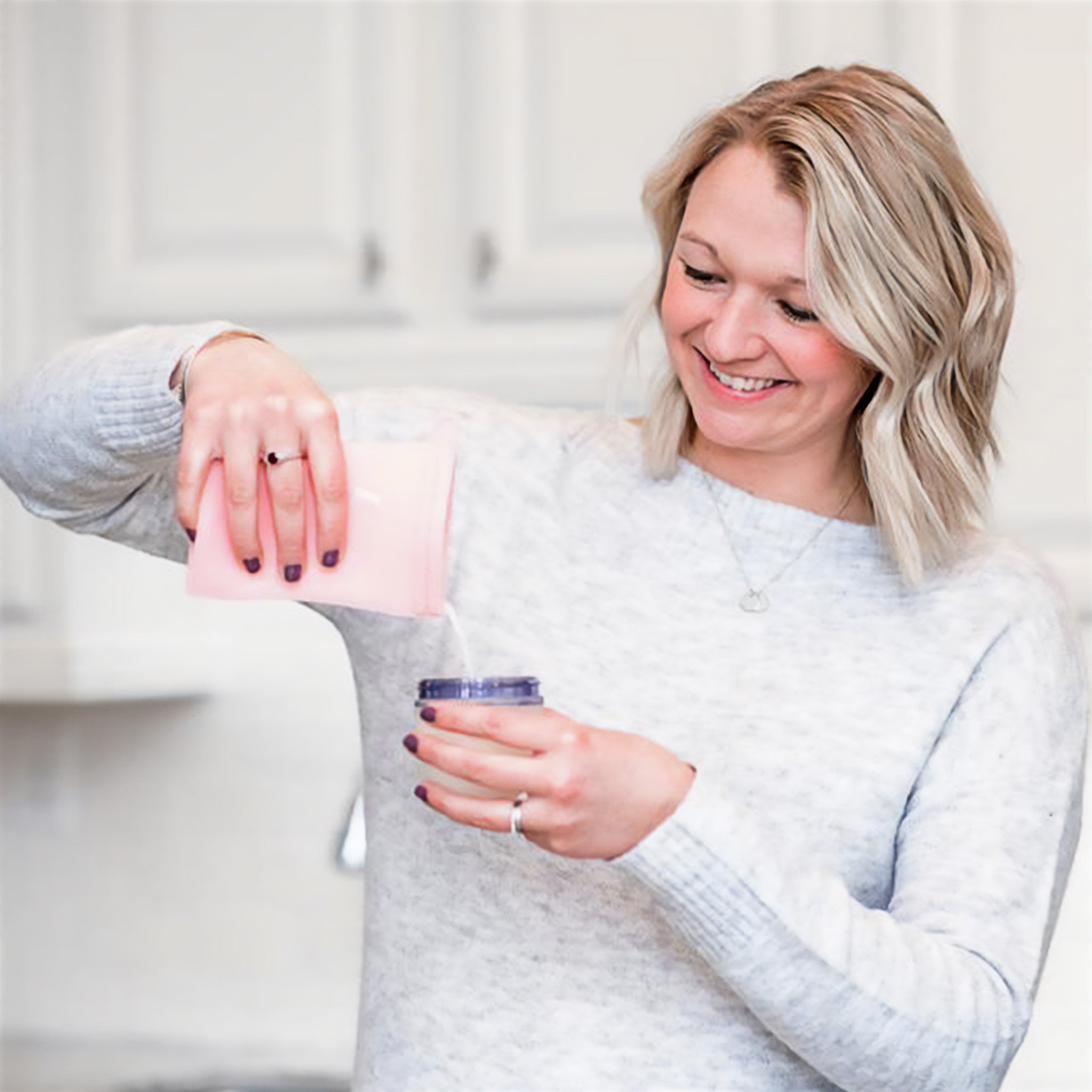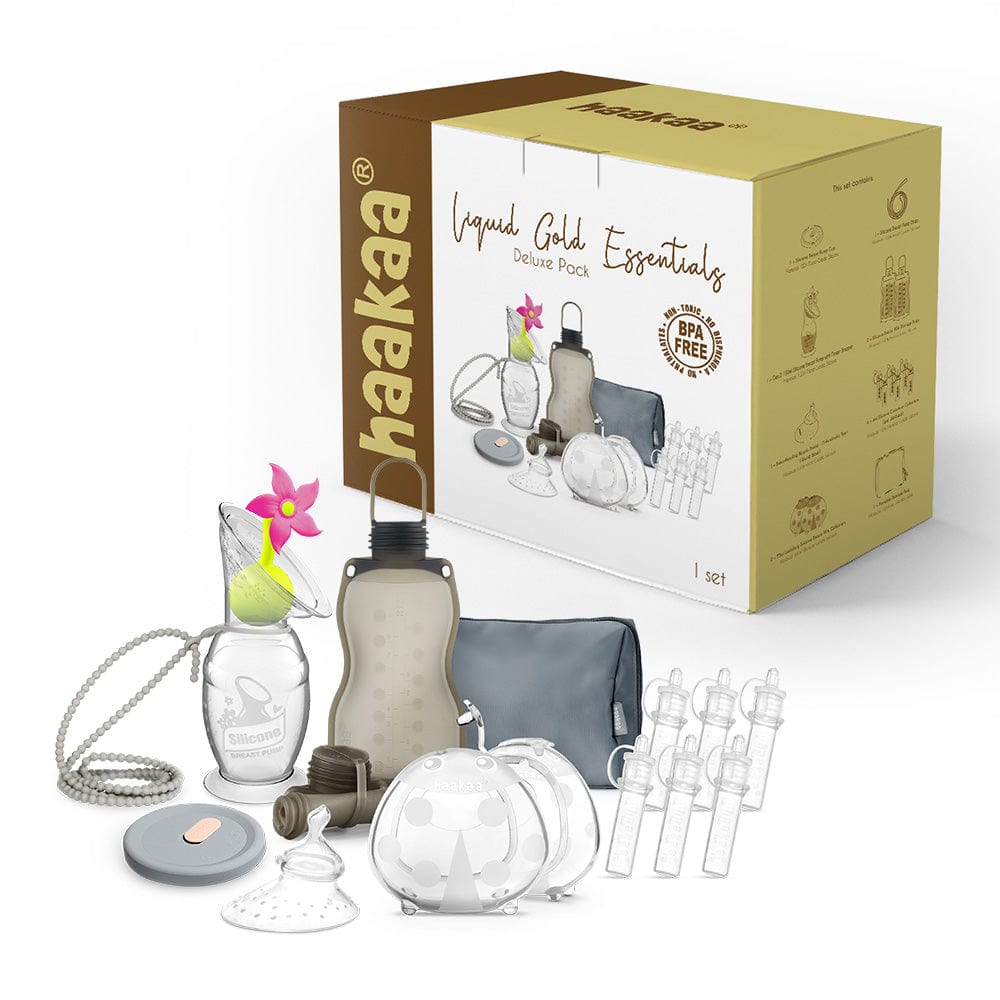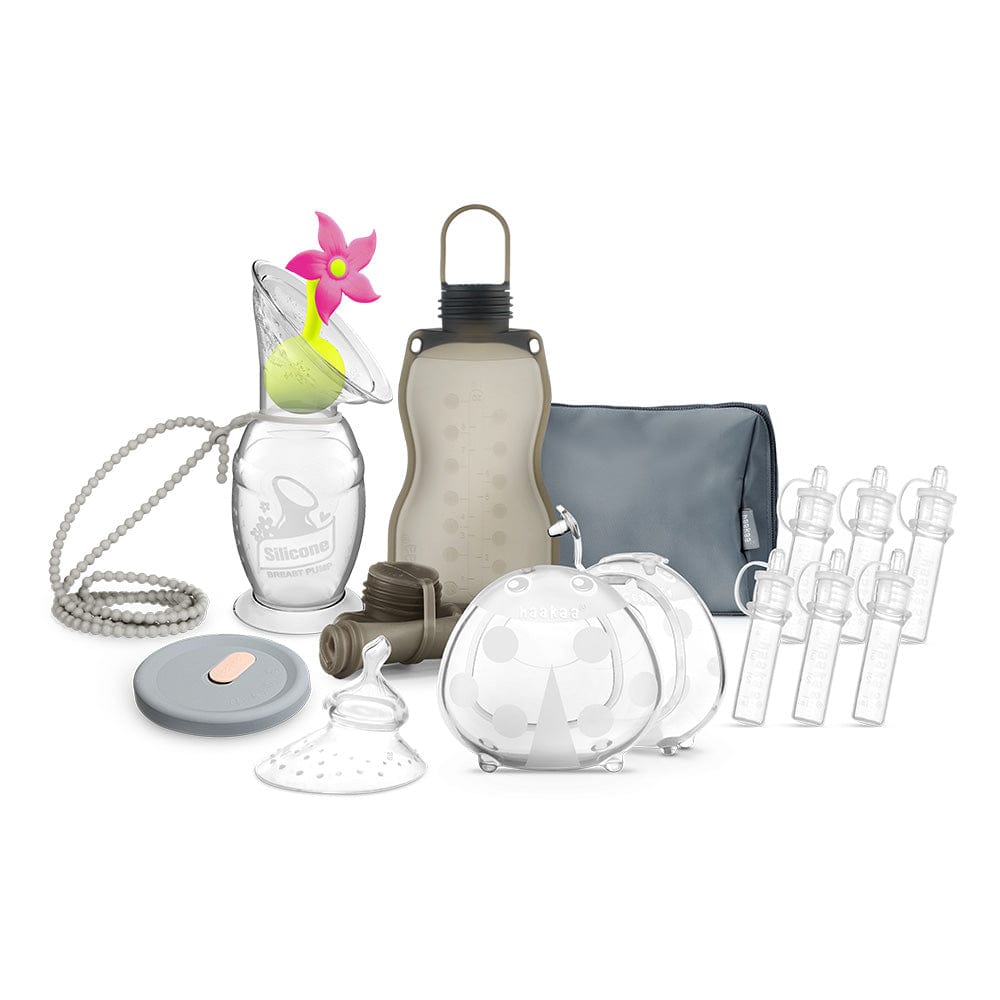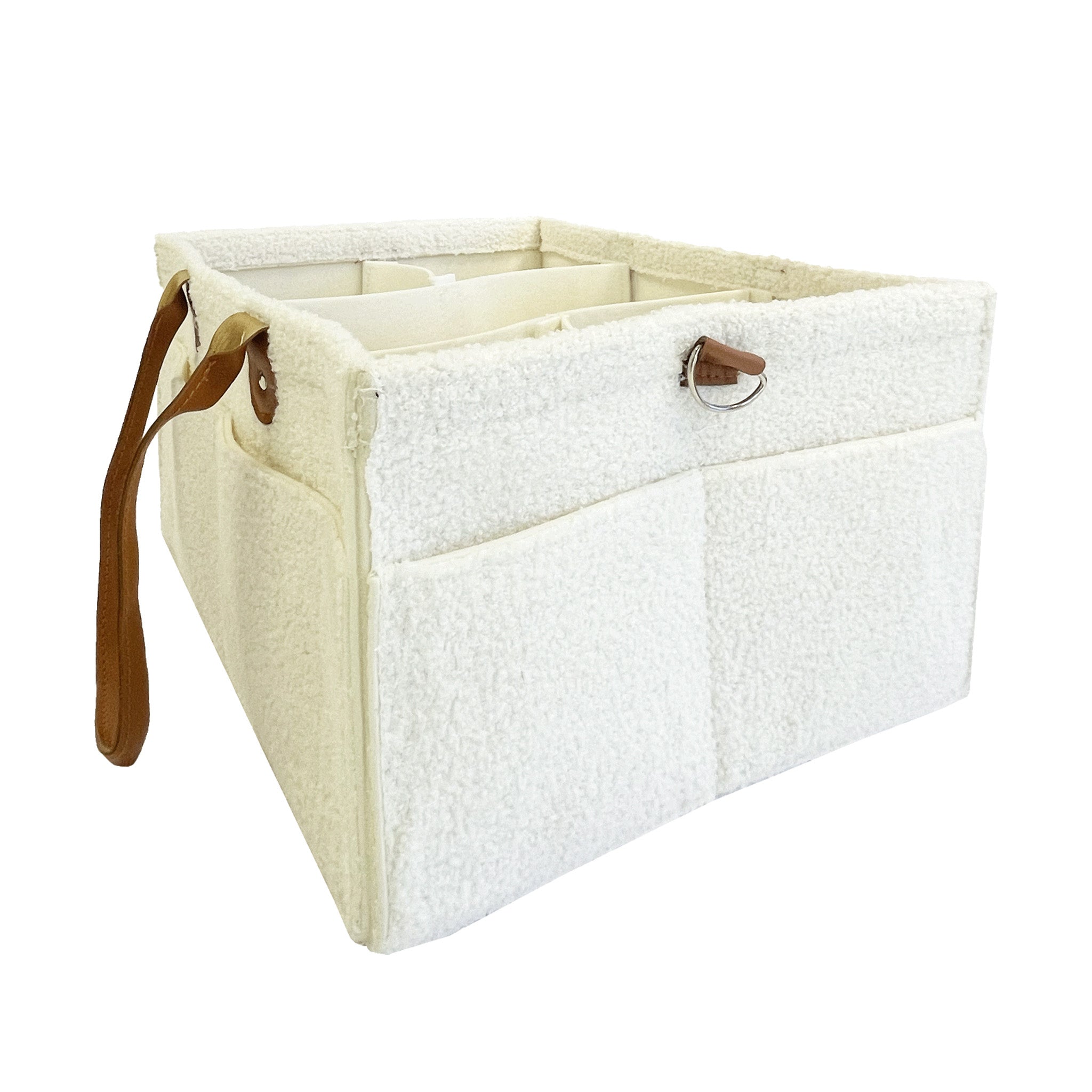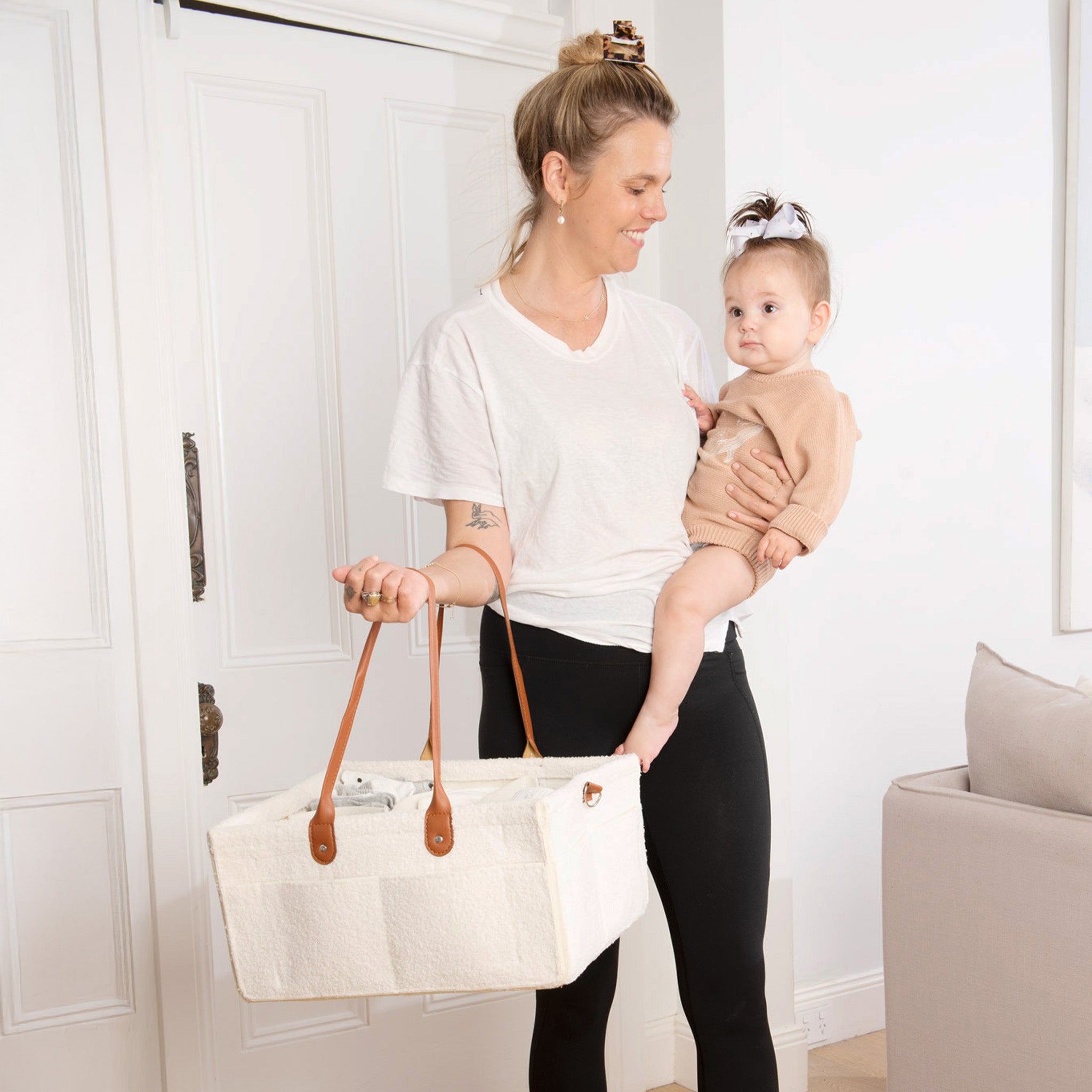Breastfeeding can be tough at the best of times. From the first few weeks when they're learning to latch to the ongoing challenges that arise (mastitis anyone?), it's not always smooth sailing. Thankfully, there comes a time when you finally find your groove and the pieces all click together. Things run along smoothly and you smugly begin to think that you've got this parenting thing sorted. Then, as if the Gods of karma were watching, your baby gets sick. And the fun really begins.
Breastfeeding a sick baby
Whether it's a snotty nose or sick tummy, Hand, Foot and Mouth or any of the other germs that enjoy paying a visit to the parents of small children, a sick baby or toddler (or, ahem, school aged child) is no fun for anyone. There's the copious levels of bodily fluids, the lack of sleep, the insistence on being on the boob every, single second and did we mention the bodily fluids? It's tough going, that's for sure. To help you survive, we've rounded up our top tips.
1. Pretend your normal life does not exist
If you've been in the parenting game for a little while then it's safe to assume that you've got a bit of a routine sorted. Even more so if you've returned to work. Whether it's the usual morning chaos - daycare drop - pick up - evening madness or park plays, swimming lessons, grocery shopping and the like, your week likely follows a general pattern. When your child gets sick? Forget about it. Cancel EVERYTHING that you possibly can. Prioritise survival. The boob will become a focal point for your sick little one (even more so than in usual life). It's likely that they may be disinterested in food/water and literally want to feed constantly. If you can do it, let them. Breastmilk has the most amazing antibacterial and antimicrobial properties so is extremely beneficial for your little one when they are unwell. It's also hydrating so if you're struggling to get water into them, breastmilk is a great alternative. Babywearing can also be a god-send when you need to get on with life but bub will not be put down. I used to babywear topless (while in the house!) so that bub had unrestricted skin to skin access to the boob while I got on with looking after my other kids and ensuring we didn't live in a total tip!
2. Skin to skin for the win
Skin to skin isn't just for newborns! Skin to skin with your older baby and toddler is still extremely beneficial, especially when they're unwell. It can help them to relax, regulate their temperature and even boost your milk supply which is a good thing when you're likely feeding more regularly. My three children have always enjoyed skin to skin and even now, seek out cuddles and being held when they're feeling unwell. If your little one has a fever, stripping them down to base layer of clothing (or just a nappy, depending on where you live/the season), snuggling them in tight and allowing them to feed and snooze can be one of the best ways to keep them calm and kick start the healing process.
3. Just add water
Water, in all its forms, is one of the greatest tools in your parenting arsenal. This is even more apparent when your little one is unwell. Depending on what they're sick with, breastfeeding in the bath can be a god-send. Whether it's a tummy bug that requires frequent baths to clean up and added hydration, a snotty nose or even a fever, hopping in the bath with your little one can help calm, soothe and make breastfeeding easier thanks to the warm water and steam. Babies who are all blocked up will often want to latch and feed but find it tricky as they can't breathe properly through their nose. Being in the bath can help clear their nose and allow them to latch and feed which in turn keeps them hydrated and calm. Ditto for bubs suffering from a tummy bug. One of the tricks I used to employ was getting the bathroom nice and steamy before running a bath. I'd close the door to trap the steam so that when we hopped in, bub would immediately be breathing in the moist, steamy air which helped clear out their nose and throat.
4. Must have gadgets
There are plenty of baby gadgets that end up gathering dust in the back of the cupboard. Then there are the ones that end up being lifesavers. A vaporiser and nasal aspirator are two of these gadgets. Vaporisers use steam to help relieve congestion and reduce irritation in the nose, eyes and throat, ideal for stuffed up bubbas (and parenting!). A nasal aspirator allows you to (quite literally) suck the snot out of your little ones nose making breathing (and breastfeeding!) much easier. The best way to use a nasal aspirator is to moisten your little ones nose before hand with a saline spray or some breastmilk. I used to use a syringe to shoot some breastmilk up each nostril before popping the nasal aspirator in. The breastmilk (or saline) will help loosen up the snot making it much easier to suck out. I'd then latch baby on straight away to take advantage of their improved breathing.
5. Prioritise hydration for both mama and bubba
Whatever sickness your little one is experiencing, keeping them hydrated is crucial. For a young baby/bubs not yet on solids, this will mean ensuring they are feeding regularly and relatively effectively. For older bubs and toddlers, water should be offered frequently alongside the boob. It can also be helpful to have some back up options on hand. Breast milk ice blocks can be great for bubs who may have a sore mouth (or for when you need a boob break!). Homemade ice blocks using diluted fruit juice or hydralite (for older kids) can also be a lifesaver as they're a bit more exciting than water and will help keep hydration levels up. It's also important that mama's keep an eye on their own hydration especially when feeding more frequently. Increasing water intake, adding in lactation teas or sipping on a smoothie when you get the chance can ensure that hydration and energy levels remain as good as they can be.
For more resources on breastfeeding your baby or toddler, make sure you check out our resources section.


